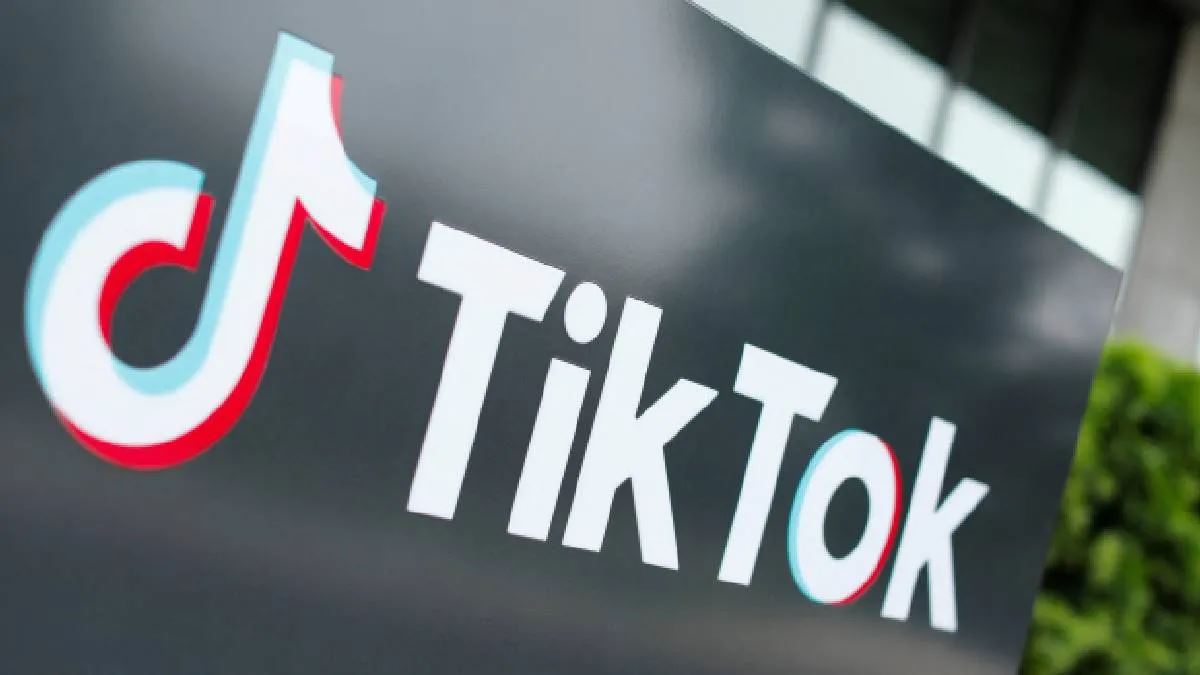Companies such as Amazon have recently announced cuts of 14,000 corporate jobs, signalling a broader pull-back in white-collar employment across sectors. At United Parcel Service (UPS), 14,000 management roles were eliminated in 22 months. Meanwhile, firms including Target and General Motors are trimming their corporate workforces. Many of the job cuts are hitting mid-level and experienced office workers who had seen white-collar jobs as stable pathways, the Wall Street Journal reported.
AI’s role in the shift
Under pressure to raise efficiency, companies are deploying artificial-intelligence systems in functions such as accounting, fraud monitoring, logistics planning and HR. Some roles formerly handled by well-paid professionals are being replaced or radically restructured. As one recruiter put it, job descriptions now “ask for the moon and the stars” and favour candidates who align with newer tech-driven workflows.
Impact on job markets and career paths
The number of jobseekers unemployed for 27 weeks or more has surged, leaving many experienced professionals scrambling. In contrast, employers continue to report strong demand in frontline trades, healthcare, hospitality and construction. As one laid-off tech sales veteran noted, “In tech, I’m qualified … but I didn’t get those jobs.” Professionals are increasingly forced to pivot into service, gig or non-traditional work streams.
What this means for workers
Mid-tier white-collar roles are being squeezed from three sides: automation replacing routine tasks, hiring freezes for new grads, and more competition for fewer openings. Workers who held corporate “comfort zone” positions now find themselves competing with younger entrants, freelancers and AI-augmented roles. At the same time, the job growth in trades, hands-on technical work and service roles points to a mismatch between where jobs exist and the credentialing many white-collar workers pursued.
How displaced workers can respond
Training matters. Upskilling in fields linked to AI, data, robotics, or trade-skills can improve job prospects. Networking, flexible location or role expectations, and accepting transitional roles (even if below previous pay) may be required. Financially, those hit by layoffs should build an emergency fund covering six-12 months of expenses, cut non-essential outgo, pause risky investments and consider consulting a career or financial advisor.
The bottom line
The white-collar job market has entered a new era: size alone no longer equals security. Companies deploying AI, shifting business models and trimming costs are changing the nature of office work. For workers, the key is adaptation—embracing new skill sets, anticipating change and protecting finances faster than uncertainty grows.




















